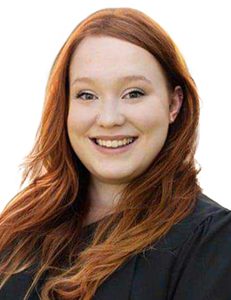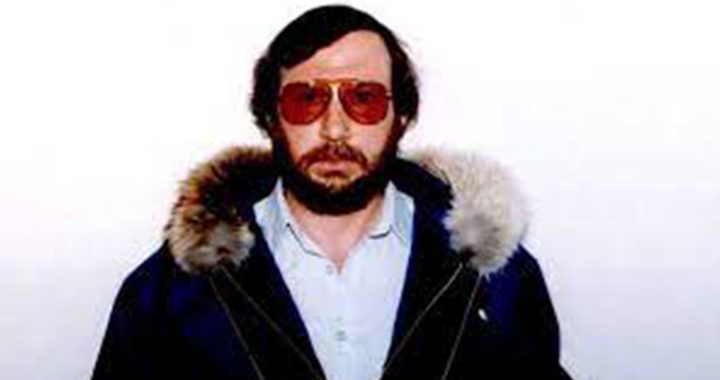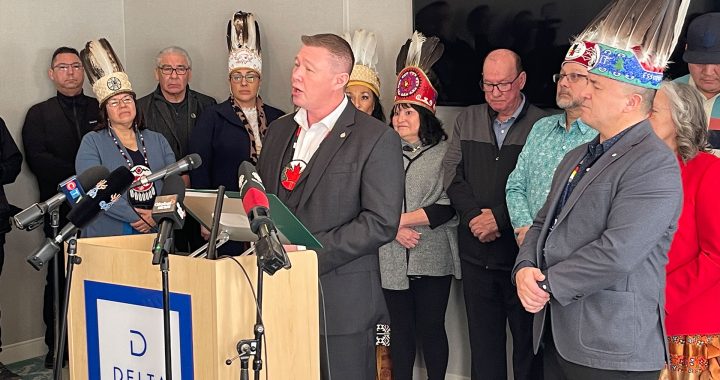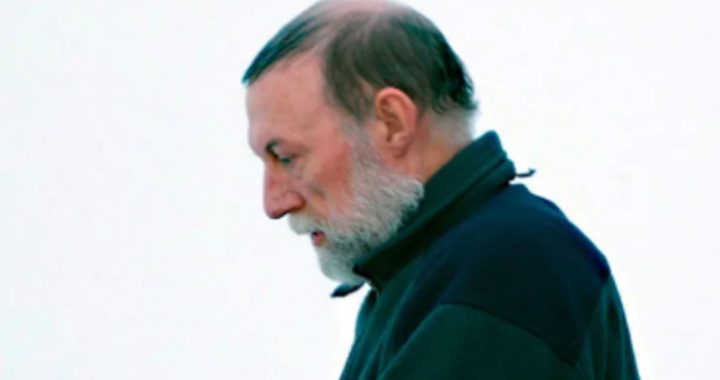The jurors who heard evidence into the stabbing rampage on James Smith Cree Nation and nearby Welford, Sask., are now deliberating.
The inquest, held in Melfort, Sask., located about 45 km south of where Myles Sanderson killed 11 people and wounded 17 others, has been sitting for two weeks.
“When we look at the evidence that spoke to the programming within correction services Canada systems, it showed there is a lack of ceremonies,” said Chelsea Stonestand about the need for cultural programming. Stonestand is a member of James Smith Cree Nation who had standing at the inquest.
Joyce Burns is also a member of the community and was attacked by Sanderson on Sept. 4, 2022; she was the mother-in-law to Sanderson who was the father of her five grandchildren. They had a long, tumultuous relationship because, the inquest heard, Joyce Burns and her husband were not happy with how Sanderson treated their daughter, Vanessa Burns.
Vanessa Burns testified in the inquest about 14 years of domestic violence at the hands of Sanderson. He had previously been convicted of assaulting her parents.
But, as the inquest wrapped up, Joyce Burns said she learned new details about Sanderson’s life. She said there needs to be changes to ensure nobody ever goes down the same path.
“It opened my eyes. He was neglected. He was abused,” Burns said. “He didn’t know how to change his life.”
Joyce Burns said she hopes Indigenous offenders get the chance to relearn their culture.
“Just to teach them our culture, to go back there and steer them on the right road,” she said.
Now it’s up to the jury to make recommendations that may stop a similar tragedy.
Robert Head, chief of Peter Chapman First Nation, a member of James Smith Cree Nation, spoke about what he wants to from the jury.
“We need to have First Nations policing recognized by Canada as an essential service,” he said.
Two weeks of hearings
Over the last two weeks, the inquest heard from Mounties, paramedics and hospital workers about how the rampage unfolded.
It also heard about Sanderson’s life, personal relationships and prison history.
“It is your duty to try and take this tragic event and make something positive from it,” Blaine Beaven, the presiding coroner, told jurors.
The six jurors heard final evidence Monday, including new information about how Sanderson was able to evade police for more than three days.
Sgt. Evan Anderson with the Saskatchewan RCMP’s major crimes unit said Sanderson made a “camp” in the bush by a home near Crystal Springs, a hamlet in east-central Saskatchewan close to Wakaw.
The owner of the home called police on Sept. 7, 2022, to report that Sanderson had broken into her home and fled in her vehicle. Police pursued the killer until the vehicle went into a ditch near Rosthern.
Sanderson, 32, went into medical distress in police custody and was declared dead in hospital in Saskatoon.
A second inquest into Sanderson’s death is to take place in February.
Darryl Burns, whose sister Gloria Lydia Burns was a crisis worker killed while helping others during the rampage, said he hopes the recommendations help the community and those incarcerated.
“I always wanted things to improve for our people,” he said.
The inquest is to establish the events leading up to the killings and when and where each person was killed.
Beaven said the recommendations must be practical, implementable, lawful and based on the evidence.
RCMP have said Sanderson went to the First Nation to sell cocaine. In the days before the killings, he and his brother Damien were causing trouble.
Damien Sanderson was the first to be killed. Myles Sanderson then went door-to-door on the First Nation stabbing people.
An RCMP criminal profiler testified some victims were targeted because Sanderson had a grievance against them, and others got in the way of his mission to kill.
With files from Kelly Geraldine Malone – the Canadian Press











